When you point your camera at the sun without a solar filter, especially during an eclipse, you’re essentially focusing intense sunlight onto your camera’s sensor. This can have detrimental effects.
The Perils for Camera Sensors
Camera sensors, much like the human eye, are sensitive to the intense light emitted by the sun. Without a solar filter, the concentrated sunlight can heat up and damage the sensor, leading to potential permanent damage.
Quick reminder: there are some printable cheat sheets on Eclipse Photography.
This risk is particularly high during an eclipse. Many might think the reduced light during a partial eclipse is safe for both the eyes and camera sensors, but this is a misconception. The sun’s rays can still be strong enough to cause harm. In the context of photography, this might manifest as burned-out spots on the sensor, which can then produce persistent spots or lines in every image captured thereafter, essentially ruining the camera.
Tips for Safe Eclipse Photography and Viewing
- Use Proper Solar Filters: Whether you’re viewing an eclipse with the naked eye or through a camera, it’s crucial to use certified solar filters. These filters are specially designed to block out the harmful rays while allowing you to view or photograph the event safely.
- Camera and Telescope Precautions: If you’re using a camera or a telescope, make sure the solar filter is mounted on the front of the device. A filter on the eyepiece won’t protect the instrument’s internals from being damaged by the concentrated sunlight.
- Educate Yourself and Others: Understand the risks involved and educate friends and family about the importance of eye safety during an eclipse. Never look directly at the sun without appropriate protection, even during an eclipse.
- Consult Professionals: If you’re unsure about the correct equipment or methods for safely viewing or photographing an eclipse, seek advice from professional astronomers or photographers with experience in this area.
Types of Damage to the Camera Sensor:
- Physical Damage: The concentrated sunlight can physically burn the sensor, causing irreversible damage to the sensor’s pixels. This is similar to burning a piece of paper with a magnifying glass using sunlight.
- Heat Damage: Even if there’s no immediate visible damage, prolonged exposure to intense heat can degrade the sensor over time, affecting its performance and longevity.
- Color Balance and Sensitivity Issues: Exposure to intense light can also affect the sensor’s color balance and sensitivity to light, leading to inaccurate color reproduction or altered exposure levels in subsequent photos.
Signs Your Camera Sensor Might Be Damaged:
- Persistent Spots or Lines in Images: One of the clearest signs of sensor damage is the appearance of spots or lines that persist across all images, indicating burned-out or damaged pixels.
- Unusual Artifacts: If you notice strange colors or patterns that are not related to the scene you’re photographing, it might be a sign of sensor damage.
- Decreased Image Quality: Over time, if your camera has been exposed to the sun without proper protection, you might notice a gradual decline in image quality, sharpness, and contrast.
- Inconsistent Exposure: Damage can also manifest as inconsistencies in exposure, where certain areas of the image are inexplicably darker or lighter than they should be.
- Testing for sensor damage: take photos of a plain white or light-colored surface to check for consistent texture and color. Any persistent spots, lines, or color shifts may indicate damage.
The Human Eye: A Delicate Instrument
The human eye is even more vulnerable. Looking directly at the sun without proper protection can lead to “solar retinopathy,” a condition where the light-sensitive cells in the retina are damaged. During an eclipse, when the light intensity varies, people might be tempted to stare directly at the phenomenon, not realizing that even when 99% of the sun is covered, the remaining visible crescent is still intense enough to cause harm.
The danger is insidious because the retina does not have pain receptors, so you won’t feel the damage being done. Symptoms like loss of central vision, distorted vision, altered color vision, or even blindness can occur, typically noticed hours after the exposure.
In summary, while photographing an eclipse can be a rewarding experience, it requires preparation and caution to prevent damage to your equipment and, more importantly, your eyes. With the right precautions, you can safely enjoy and capture the beauty of this celestial event.
For a cheat sheet you can print and take with you: Printable Eclipse Cheat Sheets
Like This Article?
Don't Miss The Next One!
Join over 100,000 photographers of all experience levels who receive our free photography tips and articles to stay current:
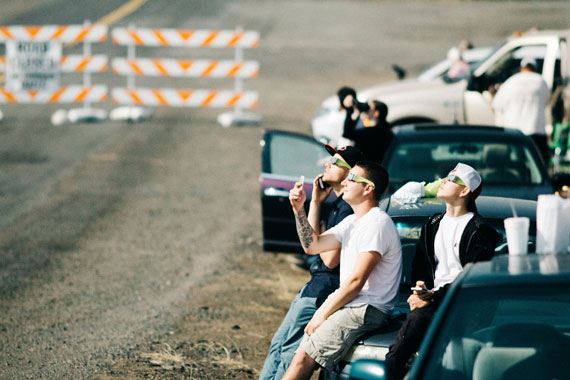
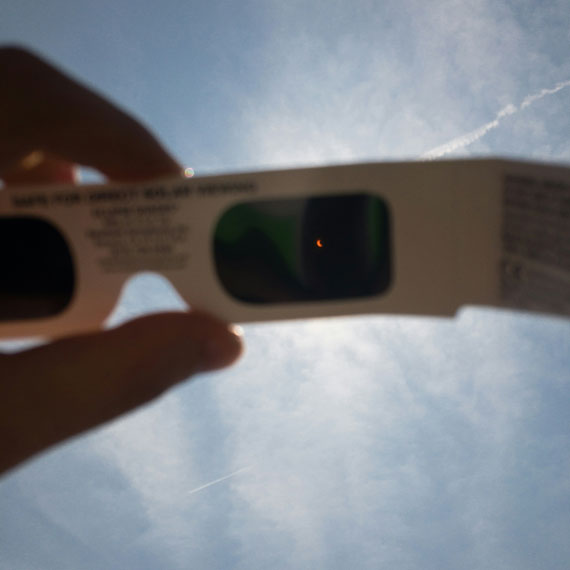


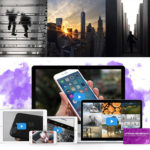
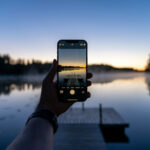
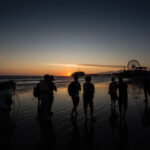

Leave a Reply